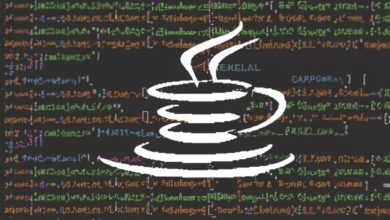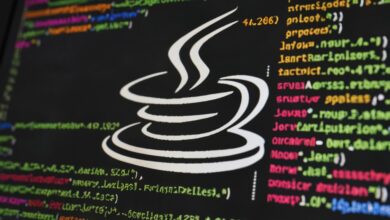
Java (programming language)
What is Arrays in Java
Introduction
Arrays are fundamental data structures in Java that store collections of elements under a single variable name. They provide an efficient way to organize and manage large amounts of data of the same data type. Understanding arrays is essential for effective programming in Java.
Key Concepts
1. Declaration and Initialization
- Declaring Arrays: Java
data_type[] array_name; // Declaration - Initializing Arrays:
- At declaration: Java
int[] numbers = {1, 2, 3, 4, 5}; - Using new keyword: Java
double[] grades = new double[5]; // Creates an array with 5 elements
- At declaration: Java
2. Accessing Elements
- Individual elements: Java
int firstElement = numbers[0]; // Accessing the first element - Indexing: Starts from 0.
- Out-of-bounds access: Causes
ArrayIndexOutOfBoundsException.
3. Length of an Array
- Using the length property: Java
int arrayLength = numbers.length;
4. Array Operations
- Iterating through elements: Java
for (int i = 0; i < arrayLength; i++) { System.out.println(numbers[i]); } - Searching for elements: Linear search, binary search (for sorted arrays).
- Sorting elements: Arrays.sort(), manual sorting algorithms.
- Modifying elements: Assign new values to individual elements.
Multidimensional Arrays
- Arrays of arrays: Represent matrices or tables of data.
- Declaration: Java
int[][] matrix = new int[3][4]; // 3 rows, 4 columns - Accessing elements: Java
int firstRowSecondElement = matrix[0][1];
Common Array Methods
- Arrays.toString(): Converts array elements to a string representation.
- Arrays.fill(): Fills an array with a specific value.
- Arrays.sort(): Sorts elements in ascending order.
- Arrays.binarySearch(): Searches for an element in a sorted array.
Advantages of Arrays
- Efficient storage and access: Elements are stored contiguously in memory.
- Simple to declare and use: Basic syntax for operations.
- Versatility: Can store various data types.
Disadvantages of Arrays
- Fixed size: Cannot be resized after creation.
- Potential for out-of-bounds errors: Need careful indexing.
Conclusion
Arrays are essential tools for data management in Java. By understanding their declaration, initialization, access methods, operations, and considerations, you can effectively leverage arrays to organize and manipulate data in your Java applications.




